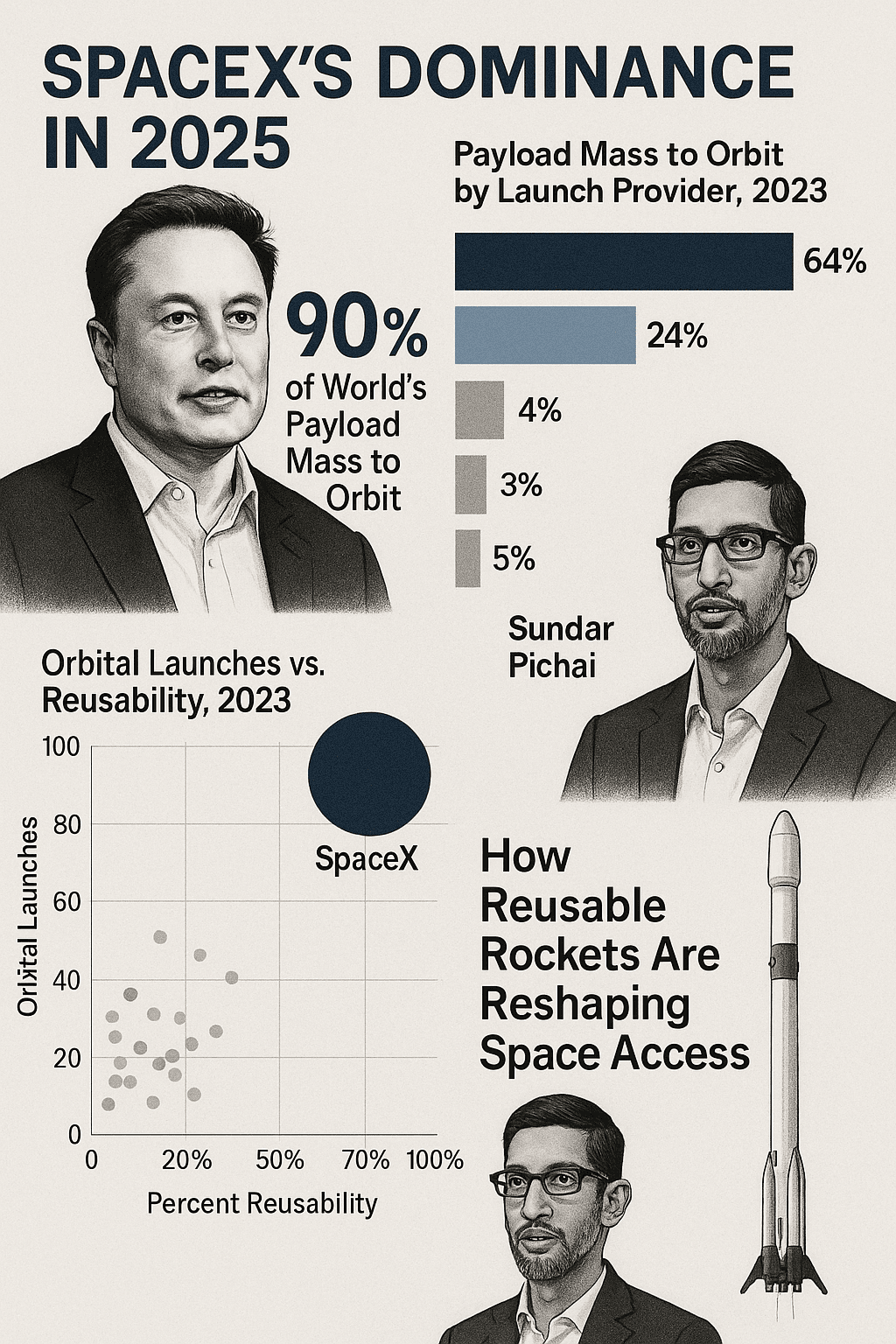
In a dramatic move that has sent shockwaves through global markets, former President Donald Trump—now serving his second term—has imposed a tariff of up to 245% on Chinese imports. The decision is the latest and most aggressive escalation in the ongoing US-China trade war, a geopolitical conflict that’s reshaping global supply chains and investor sentiment in 2025.

This sweeping tariff, announced in a White House fact sheet late Tuesday, targets China in retaliation for Beijing’s recent export bans and retaliatory tariffs. The implications are significant—not just for the U.S. and China, but for global trade as a whole

post Summary:
If you’re tracking the US-China trade war 2025, this development is massive. Trump’s 245% tariff on Chinese imports marks the most severe penalty to date, triggered by China’s rare earth export bans and retaliatory tariffs. With tensions rising, key sectors like technology, aerospace, and defense are on edge. The White House has framed this as part of Trump’s “America First Trade Policy”, while China warns it’s ready to fight a prolonged economic battle. This latest move could drive upward pressure on consumer prices, shake global markets, and further divide the world’s two largest economies.
Why the 245% Tariff on China Now?
The Trump administration’s justification is rooted in national security and economic retaliation. According to the White House, China recently banned the export of critical high-tech materials, including gallium, germanium, antimony, and six heavy rare earth metals. These materials are vital to the U.S. military, aerospace, automotive, and semiconductor industries.
“China now faces up to a 245% tariff on imports to the United States as a result of its retaliatory actions,” the White House stated.
Trump’s team claims these export restrictions are Beijing’s attempt to “choke off” the global supply of components crucial for Western industries. In response, the U.S. is flexing its economic muscle with the highest tariffs ever levied on Chinese goods.
A Look Back: The Trade War Timeline
The US-China trade war has been brewing for years. In Trump’s first term, we saw tit-for-tat tariff hikes that affected everything from soybeans to smartphones. The Biden administration took a more diplomatic route but left many Trump-era tariffs intact.
Now, in 2025, Trump has reignited the conflict full throttle:
April 2: Trump introduced “Liberation Day” tariffs—10% on countries with high import taxes on U.S. goods.
April 4: China retaliated with 125% tariffs on U.S. products and banned exports of key rare earth materials.
April 15: Trump responded with the historic 245% tariff on Chinese imports.
It’s clear both countries are digging in, and global markets are reacting accordingly.
Rare Earths: China’s Silent Weapon
A crucial element of this trade war is China’s dominance in rare earth elements (REEs). These materials are essential for making electric vehicles, wind turbines, missile systems, and smartphones.
China controls more than 70% of global rare earth production and refining. By suspending exports of rare earth magnets and minerals, China is weaponizing its dominance. The U.S., Japan, Germany, and others now face serious disruptions in high-tech manufacturing.
The U.S. has recognized the threat. Trump recently signed executive orders to:
Explore rare earth mining in Greenland.
Expand domestic production using government land and strategic reserves.
Stockpile deep-sea metals to counter China’s influence.
Impact on Consumers and Businesses
The 245% tariff may sound like political theater, but it has real economic consequences. Here’s how it could impact everyday life:
1. Higher Prices for Consumer Goods
Expect prices to rise across electronics, appliances, and even vehicles. Many parts and finished products from China will now be significantly more expensive.
2. Pressure on U.S. Manufacturers
U.S. companies that rely on Chinese components will face higher costs. Small and mid-sized businesses may not have the leverage or capital to quickly shift to alternative suppliers.
3. Market Volatility
Stock markets are already reacting. Investors are nervous about sustained trade tensions and global supply chain disruptions. Sectors like technology, defense, and autos are particularly vulnerable.
What’s Next? Will There Be a Trade Deal?
Despite the aggressive stance, the Trump administration says it’s open to negotiations—if China makes the first move.
“President Trump is open to a trade deal with China, but Beijing must demonstrate goodwill,” said White House Press Secretary Karoline Leavitt.
China, on the other hand, is demanding:
A consistent U.S. position.
A point person in the U.S. who has full presidential backing.
Respectful diplomatic language from U.S. officials.
It’s a diplomatic standoff with high stakes. Until either side blinks, businesses and consumers will be left navigating the uncertainty.
Final Thoughts
The 245% tariff on Chinese imports is not just a trade policy—it’s a message. Trump is betting that economic pressure will force China to the negotiating table. China, in turn, is using its grip on rare earths to hit back where it hurts.
As the trade war escalates, businesses, governments, and consumers are bracing for impact. Whether this leads to a deal—or a deeper divide—remains to be seen. One thing is clear: the world is watching, and the stakes couldn’t be higher.









